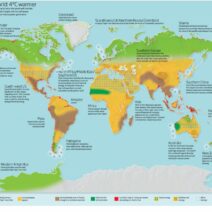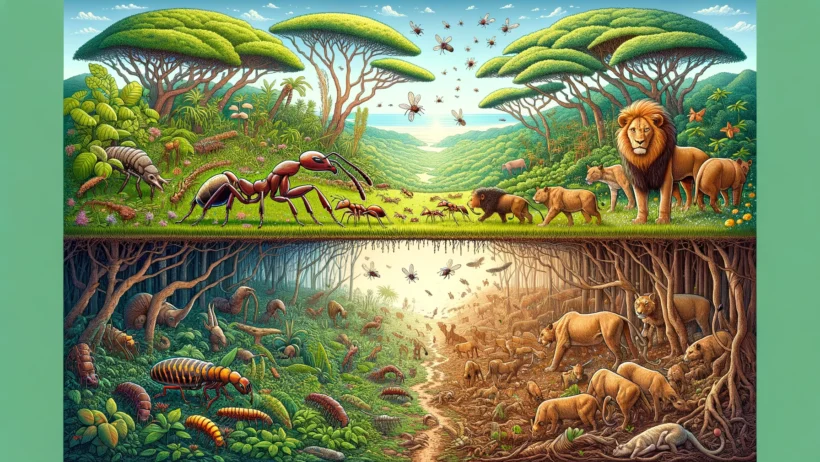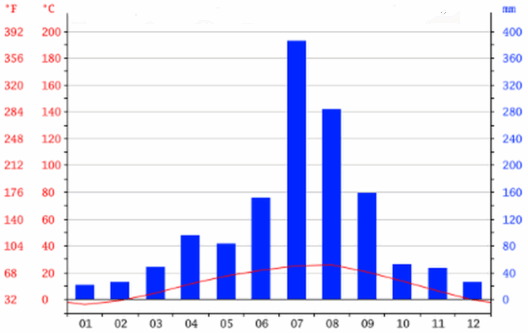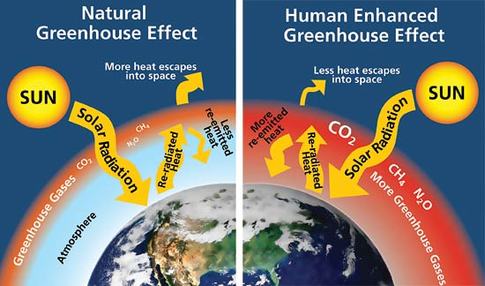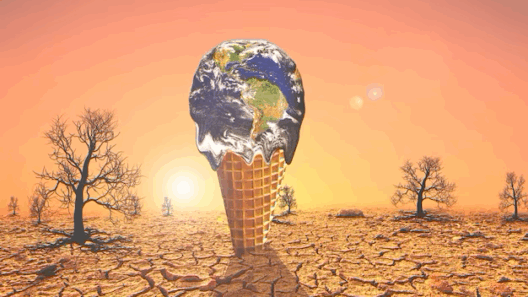Global warming, an insidious driver of change, raises profound concerns, influencing ecosystems in ways often unnoticed by the naked eye. The phenomenon of ecological succession—a natural process of change and development in ecosystems—plays a pivotal role in understanding how changes catalyzed by climate shifts can result in a cascade of effects. This exploration will delve into the connections between global warming, extinction events, and ecological succession, elucidating the interplay of these components and the consequential ecological domino effect.
At the heart of this discussion is the alarming rate of extinction currently observed across the globe. Species extinction has escalated due to myriad factors—a stark symptom of anthropogenic climate change. From the Great Barrier Reef’s bleaching events to the reduction of polar habitats, organisms are facing unprecedented threats. The rapid alteration in climatic conditions disrupts local habitats, leading to the decline of species unable to adapt or migrate. The loss of a single species can set off a chain reaction, impacting predator-prey dynamics, pollination networks, and habitat stability.
The ecological domino effect unfolds as a direct result of these changes. Take, for instance, the impact of disappearing pollinators on plant species. As bee populations dwindle due to climate-induced stressors, such as habitat loss and shifting flowering times, plants that depend on these vital insects for reproduction begin to falter. A decline in plant species will, in turn, adversely affect herbivores that rely on these plants for sustenance, eventually cascading up the food web. Such dynamics underscore the fragility of ecosystems and their inherent interconnectedness.
Furthermore, the loss of keystone species can lead to a significant reshaping of ecological landscapes. Keystone species, disproportionately influential relative to their abundance, play crucial roles in maintaining the structure of an ecosystem. The decline of predators, such as wolves or large marine species, disrupts the balance of populations lower on the trophic ladder, leading to phenomena such as overgrazing and habitat degradation. This not only threatens biodiversity but also compromises ecosystem services, including carbon sequestration, which is imperative in our battle against climate change.
Succession, both primary and secondary, is a potent ecological response to disturbances. Primary succession occurs in lifeless areas where soil has yet to develop, while secondary succession takes place in previously inhabited regions following disturbances like wildfires or human activities. Each type of succession is characterized by a progression of species colonization, resulting in varying degrees of ecosystem complexity, resilience, and functionality.
Global warming accelerates the process of succession, often catalyzing shifts toward less biodiverse ecosystems. In a warming climate, invasive species often exploit the changing conditions, outcompeting native flora and fauna that have adapted over millennia. The chaos wrought by invasive species can fundamentally alter the trajectory of ecological succession, favoring species that thrive in disturbed conditions but may not fulfill the ecological roles of those they displace.
The intricate relationships between climate change, extinction, and succession underscore the necessity for proactive conservation measures. The concept of resilience becomes crucial in this context. Resilient ecosystems—those capable of withstanding and recovering from disturbances—exhibit greater tolerance to shifts caused by climate change. Promoting biodiversity, restoring habitats, and implementing sustainable management practices are pivotal in fostering such resilience.
Moreover, ongoing research into ecological restoration techniques provides hope. Restorative strategies, which may include the reintroduction of extirpated species, habitat reconstruction, and the management of invasive species, can redirect the trajectory of ecosystems experiencing severe disruption. As we cultivate a deeper understanding of the nuances of ecological interactions, we can better navigate the challenges posed by global warming and instigate positive change.
It is also vital to recognize the role of environmental policies and community engagement in promoting ecological health. Grassroots efforts aimed at habitat restoration, pollution reduction, and conservation of critical habitats can mitigate some of the negative impacts of climate change. By fostering a culture of stewardship and ecological mindfulness, communities can create a collective response to the looming challenges posed by loss of biodiversity and ecosystem degradation.
The interplay between extinction, succession, and climate change serves as a poignant reminder of the complexity of our ecological systems and the fragility of the relationships woven through them. As warming trends exacerbate these dynamics, the urgency for informed and collaborative action surges. Emphasizing educated discourse about these issues—across platforms and to diverse audiences—facilitates a broader understanding of the implications of ecological changes and drives advocacy for solutions.
In conclusion, the ecological domino effect brought forth by global warming is a multifaceted phenomenon that extends far beyond individual species loss. It encapsulates the intricate web of life, emphasizing the critical need for holistic approaches to environmental stewardship. By acknowledging the cascading impacts of climate change, we can better equip ourselves to initiate meaningful changes—ensuring the resilience and sustainability of ecosystems for generations to come.

